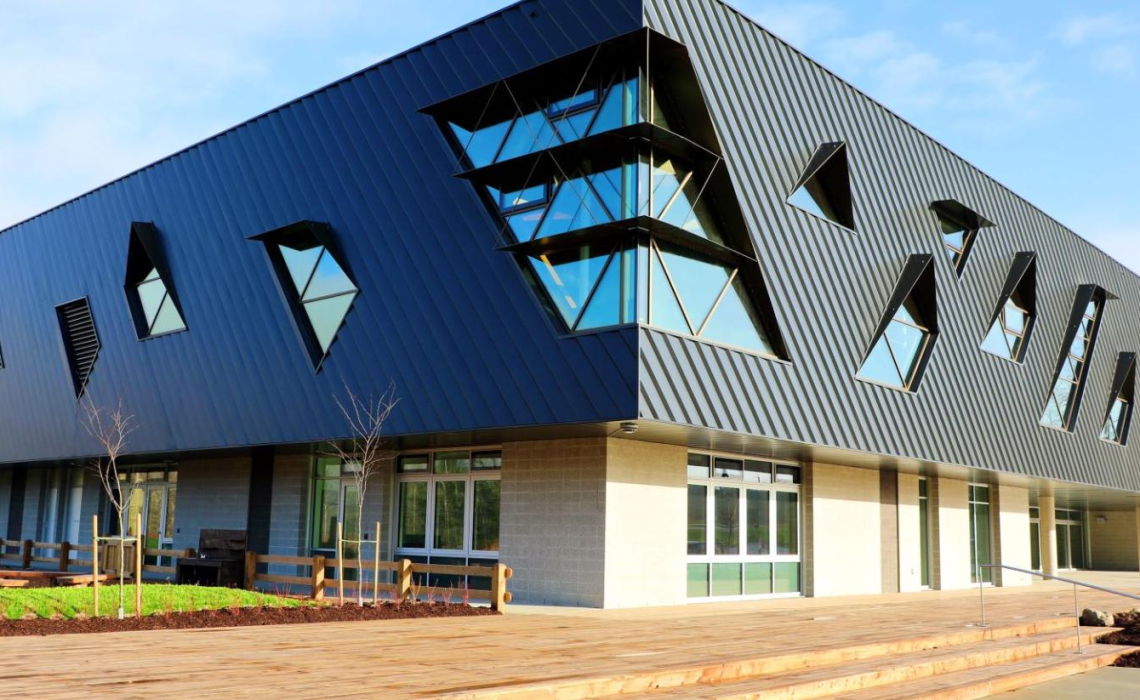With energy costs on the rise around the world, more and more people are looking for ways to be less dependent on external, imported or manufactured energy sources. Some even wish to take themselves off the grid completely.
The solution
Individuals, families and companies alike are turning to more and more to passive building design: a method of designing buildings that uses strategically chosen and placed materials, windows, walls, ventilation and more to collect, store and/or deflect heat and cold as needed which drastically minimizes reliance on manufactured energy sources. Think of it as an intricate greenhouse that’s beautifully designed and comfortable to live in.
- Passive houses around the world that cost nothing to run (post-construction, of course!)
- Passive solar greenhouses are a common solution for those who wish to move towards self-sufficiency.
Passive buildings work in any climate
What started as the PassivHaus experiment in Germany in the ‘90’s has become a well-known architectural model around the world:
- 36 of the coolest passive house projects in Canada ranging from professionally designed and built apartment buildings to self-constructed homes.
- This enormous passive house in New Zealand that is being designed for both energy efficiency and “future-proofing” in case the owner ever wants to go fully off-grid.
- These 10 passive buildings that are not homes or greenhouses, including daycares, medical facilities, places of worship and firehalls.
If there’s one thing we know about people, it’s that they’re an innovative species that knows how to adapt when push come to shove, and passive building design is one of those genius pivots that is allowing families, companies, and community buildings to go green and cut costs at the same time.

